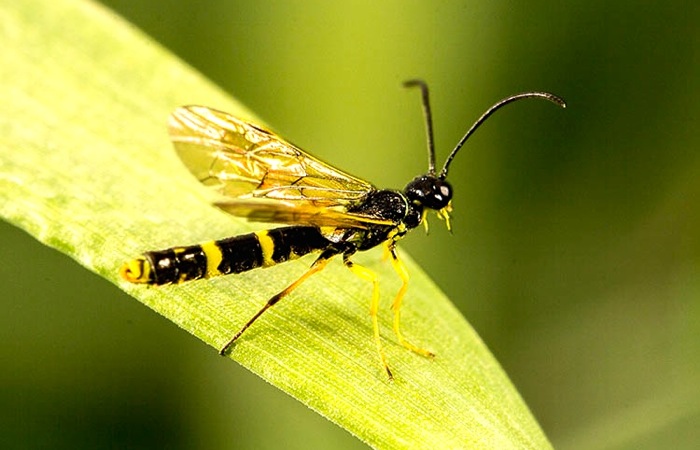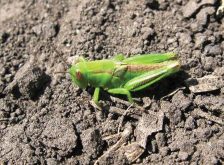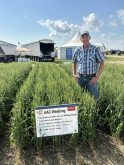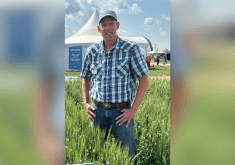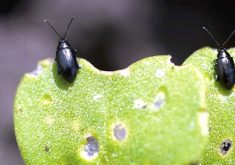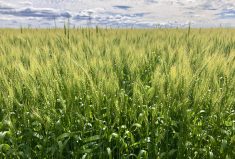The risk of economically significant sawfly populations in 2016 will be limited to only a few areas, according to the province’s new wheat stem sawfly forecast map.
“For the wheat stem sawfly, we go into the wheat fields after harvest, look at four spots and count the number of stems that is intact and the number that has been cut by the sawfly,” said provincial insect management specialist Scott Meers.
“This system gives us a percentage cut, and from that we can make a fairly good forecast on what to expect for the next year.”
Read Also

U.S. wheat growers worried about industry moving north
U.S. wheat producers are concerned that American wheat production may begin to migrate north of the border.
The forecast calls for fairly low numbers, especially in the traditional areas such as the M.D. of Acadia, County of Forty Mile and the Special Areas, although individual fields may vary.
“We found a fairly significant hot spot in the eastern portion of Willow Creek and the western portion of Lethbridge counties where the two are side by side,” said Meers. “There are fields in that area that absolutely should have solid-stem wheat planted there next year if wheat is to be planted. Numbers are high, but not extreme like during the height of the outbreaks in the early 2000s. However, they are high enough that there could be yield losses.”
Surprisingly, wheat midge sawfly was also found in Flagstaff County.
“One field was high there but not extreme. But that’s still pretty far north — in fact we don’t usually survey for the insect that far north. But we were tipped off by some agrologists in the area so that area was added.”
The wheat stem sawfly map is available at www.agriculture.alberta.ca (search for ‘wheat sawfly 2016’).
The wheat midge survey map also shows a few residual hot spots for the insect, but generally low numbers overall.
“The wheat midge survey is done by doing soil samples,” said Meers.
Samples were taken from over 300 fields this year.
“The survey shows wheat midge numbers are the lowest seen in a number of years, probably because wheat midge tends to do better in wet years,” he said. “There is a hot spot for the second year to the east of Edmonton, and a residual population in the Falher area where there was a lot of wheat midge two years ago.”
The wheat midge map can be found at www.agriculture.alberta.ca by searching for ‘wheat midge 2016.’
The rest of the insect forecast maps should be up in mid-January, said Meers.

